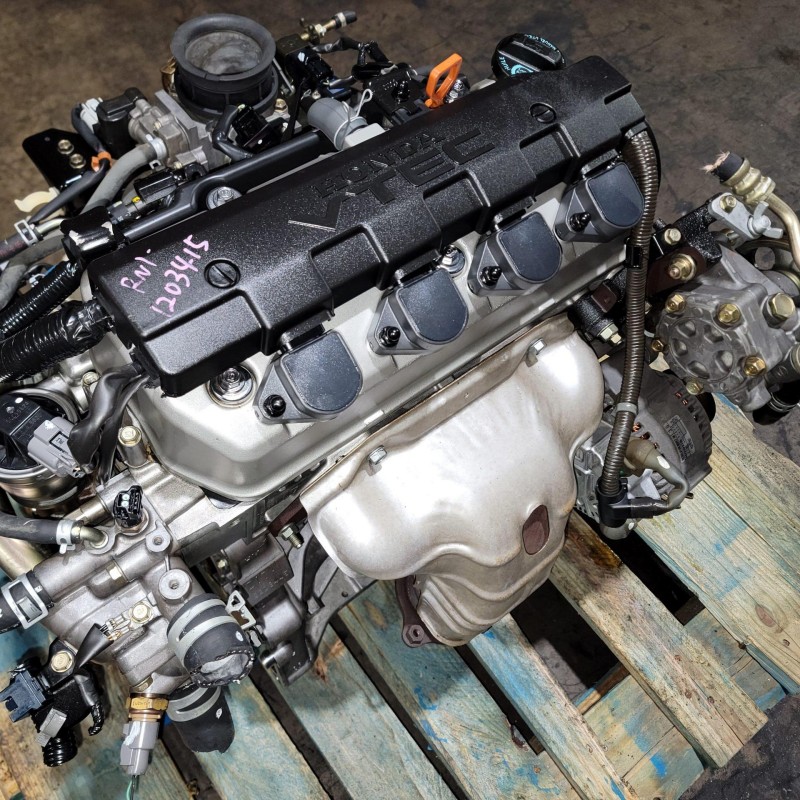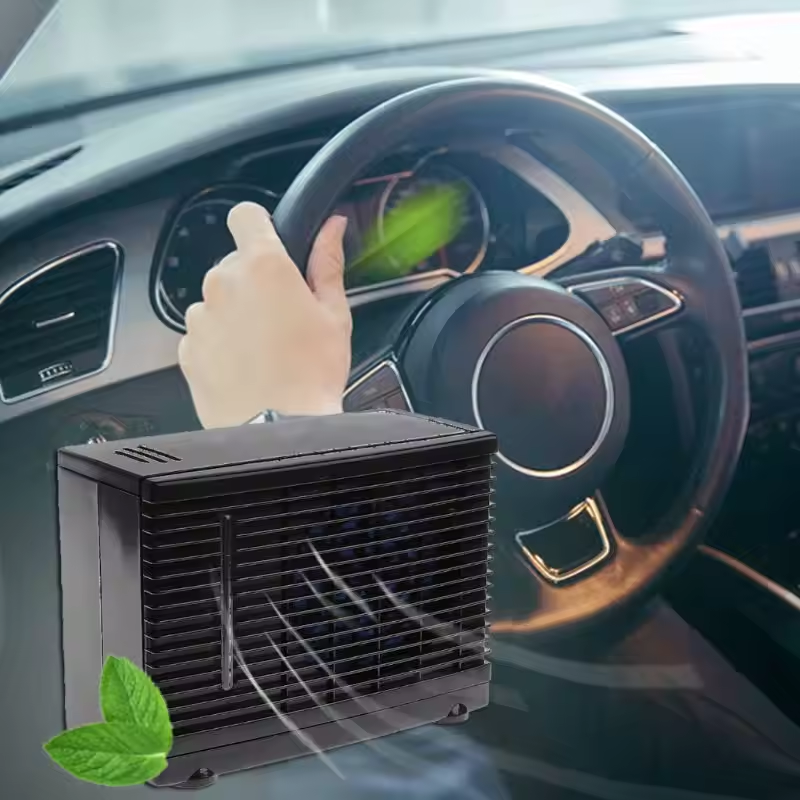The chevy 305 engine, a stalwart of the chevy 305 motor lineup for over two decades, remains a popular choice for car enthusiasts and budget-minded mechanics alike. Introduced in 1976, this 5.0-liter V8 engine found its way into various Chevrolet vehicles, from classic muscle cars like the Camaro and Nova to everyday sedans and trucks.
This guide delves into everything you need to know about the 305 engine, exploring its specifications, strengths, weaknesses, performance capabilities, and potential for modifications. Whether you’re considering a 305-equipped vehicle or tinkering with your existing engine, this comprehensive resource will equip you with the knowledge to make informed decisions.

Understanding the 305 Engine Specs and Features
The 305 engine boasts a displacement of 305 cubic inches (5.0 liters) and features a small-block design, making it a compact and lightweight option. Its cast-iron block and aluminum heads contribute to its durability, while a two-valve-per-cylinder configuration ensures efficient operation. Depending on the specific year and application, horsepower ratings ranged from 145 to 190, with torque peaking around 250 lb-ft.
The 305 came in various configurations throughout its production run, including the LG3 and LG4. The LG3 utilized a two-barrel carburetor for a more budget-friendly option, while the LG4 employed a four-barrel carburetor for a slight bump in power.
Here’s a quick rundown of the 305 engine’s key specifications:
- Engine Type: Small-Block V8
- Displacement: 305 cu in (5.0 L)
- Bore x Stroke: 3.736 in (94.9 mm) x 3.48 in (88.4 mm)
- Horsepower: 145-190 hp (depending on year and configuration)
- Torque: 250 lb-ft (typical)
- Material: Cast-iron block, aluminum heads
- Valve Configuration: Two valves per cylinder
- Production Years: 1976-1995

Unveiling the Strengths of the 305 Engine
The 305 engine has garnered a reputation for several strengths that make it an attractive option for various applications:
- Affordability: Compared to its larger-displacement siblings like the 350, the 305 is a more budget-friendly option, both in terms of upfront purchase cost and ongoing maintenance.
- Reliability: The 305’s simple design and robust construction contribute to its renowned reliability. With proper maintenance, these engines can last for hundreds of thousands of miles.
- Fuel Efficiency: While not a powerhouse, the 305 delivers decent fuel economy, particularly when paired with lighter vehicles.
- Aftermarket Support: Due to its extensive production run and popularity, the 305 boasts a vast aftermarket support network. Finding replacement parts and performance upgrades is relatively easy and affordable.
- Compact Size: The 305’s small-block design makes it a good fit for vehicles with limited engine bay space. This can be advantageous for classic car restorations or custom builds.
Addressing the Weaknesses of the 305 Engine
While a solid engine, the 305 does have some limitations that potential buyers and builders should consider:
- Lower Power Output: Compared to larger V8 engines, the 305 offers less power. This might be a drawback for those seeking a high-performance vehicle.
- Emissions Regulations: The 305’s production era coincided with stricter emission regulations. This can affect performance and potentially complicate modifications.
- Limited Upgrade Potential: While the aftermarket offers upgrade options, extracting significant power gains from the 305 can be challenging and expensive compared to other platforms.

Unleashing the Potential: Performance Considerations for the 305 Engine
Despite its limitations, the 305 engine can be a viable platform for performance enhancements. Here are some common upgrade paths:
- Induction System Upgrades: Replacing the stock carburetor with a performance-oriented unit like a four-barrel carburetor or an aftermarket fuel injection system can improve power delivery.
- Exhaust System Upgrades: A free-flowing exhaust system can help the engine breathe better and extract additional horsepower.
- Camshaft and Valvetrain Upgrades: Swapping the stock camshaft for a performance cam with higher lift and duration can significantly improve power output. Upgrading the valvetrain components to handle the increased stress is crucial.
- Intake Manifold Upgrades: A performance intake manifold can improve airflow into the engine, leading to increased power.
- Ignition System Upgrades: Upgrading the ignition system components like spark plugs, wires, and distributor can enhance spark delivery and optimize engine performance.
It’s important to remember that modifications should be done strategically and in a balanced manner. While a single upgrade might yield some gains, a well-coordinated combination of these modifications will unlock the 305 engine’s true potential. Consulting with experienced mechanics or performance shops is recommended to ensure proper component selection and installation for optimal results.
Breathing New Life: Rebuilding and Remanufacturing the Engine
As with any engine, time and mileage can take their toll on the 305. Rebuilding or remanufacturing the engine becomes an option at this stage. Here’s a breakdown of these approaches:
- Rebuilding: An engine rebuild involves disassembling the engine, inspecting and replacing worn-out components like pistons, rings, bearings, and gaskets. This process can restore the engine’s performance and longevity but requires a significant investment in parts and labor.
- Remanufacturing: Remanufactured engines are essentially rebuilt engines with a core exchange. The buyer returns their old engine, and in exchange, receives a remanufactured engine with new or reconditioned parts. Remanufacturing offers a more cost-effective solution compared to a complete rebuild from scratch.
The decision between rebuilding or remanufacturing depends on the condition of the existing engine and budget constraints. Rebuilding might be suitable for those with a strong mechanical aptitude and access to specialized tools. Remanufacturing offers a quicker turnaround time and eliminates the need to store a disassembled engine.

Finding the Right Engine for You: Considerations for Buyers
Whether you’re looking for a complete vehicle with a 305 engine or a standalone engine for a project car, here are some factors to consider:
- Year and Application: The specific year and application of the 305 engine can influence its horsepower rating, configuration, and potential for modifications. Research the specific engine to understand its strengths and weaknesses.
- Mileage and Condition: As with any used engine, mileage and overall condition are crucial factors. A lower mileage engine with a clean service history is generally a safer bet.
- Replacement Parts Availability: Ensure replacement parts are readily available for the specific 305 engine you’re considering. This will simplify maintenance and repairs in the future.
- Project Goals: Align your choice of engine with your project goals. If fuel efficiency is a priority, a well-maintained stock 305 might suffice. If you crave performance, a rebuilt or modified 305 might be the way to go.
When buying a used 305 engine, a visual inspection is essential. Look for signs of leaks, cracks, or excessive wear. If possible, inquire about the engine’s service history and any previous repairs. Consulting with a mechanic before finalizing your purchase is highly recommended.
Maintenance and Service
Even though the Chevrolet 305 is no longer in production, maintaining one in a vehicle you own is still important. Here’s what to consider for maintenance and service:
- Refer to your owner’s manual: This should be your primary source for recommended maintenance intervals specific to your vehicle and its 305 engine. It will outline service schedules for oil changes, spark plug replacements, air filter changes, and other routine maintenance based on mileage or time elapsed.
- Generic Maintenance Schedule: In the absence of an owner’s manual, a general guideline for the 305 could be:
- Oil Changes: Every 3,000 to 5,000 miles, depending on driving conditions and oil type.
- Spark Plugs: Every 30,000 to 50,000 miles.
- Air Filter: Every 12,000 to 24,000 miles, or once a year.
- Fuel Filter: Every 30,000 to 60,000 miles.
- Parts Availability: Thankfully, the Chevrolet 305’s long production run means parts are still readily available. You can find parts at auto parts stores, online retailers, and even through classic car specialty shops.
- Mechanic Expertise: While the 305 is known for its simplicity, finding a mechanic familiar with older engines can be beneficial. Their experience can ensure proper maintenance and address any specific issues that might arise with a non-current engine.

Legacy and Collectibility
The Chevrolet 305 cubic-inch V8 engine enjoyed a long production run from 1976 to 1992, powering numerous Chevrolet models like the Malibu, Monte Carlo, and El Camino. While not a powerhouse by today’s standards, the 305 offered a decent balance of performance and fuel economy, making it a popular choice for everyday driving.
Legacy of the Chevrolet 305 Engine
The 305’s legacy is tied to its reliability and affordability. It was a dependable workhorse that could handle daily commutes and highway cruising without much fuss. Mechanics appreciate its simple design, making it relatively easy to maintain and repair. However, by the late 1980s, technological advancements led to the introduction of more fuel-efficient and powerful engines, eventually phasing out the 305.
Collectibility in 2024
The Chevrolet 305 might not be a top collector’s item in 2024, but it does hold a certain appeal for enthusiasts of classic Chevys. Here’s why:
- Muscle Car Era Connection: The 305 shares its basic architecture with the legendary small-block Chevy V8s that powered muscle cars of the 1960s and 1970s. This connection makes it attractive to some purists who appreciate its lineage.
- Affordability: Compared to more sought-after high-performance engines, the 305 remains relatively inexpensive. This affordability makes it a viable option for budget-minded restorers who want a piece of Chevy history.
- Easy Modification Potential: The 305’s simple design lends itself well to modifications. Gearheads can upgrade various components to extract more power and performance, creating a personalized classic Chevy experience.
Overall, the Chevrolet 305 engine holds a secure place in Chevrolet’s history. While not a top collectible in 2024, it offers a unique combination of affordability, legacy, and modification potential for certain enthusiasts.
The Enduring Legacy of the Chevrolet 305 Engine
The Chevrolet 305 engine, though no longer in production, remains a significant chapter in GM’s history. Its combination of affordability, reliability, and decent fuel economy made it a popular choice for a wide range of vehicles. While its power output might not match modern muscle cars, its aftermarket support and modifiable nature continue to attract enthusiasts looking for a dependable platform for classic car restorations or budget-friendly performance builds.



